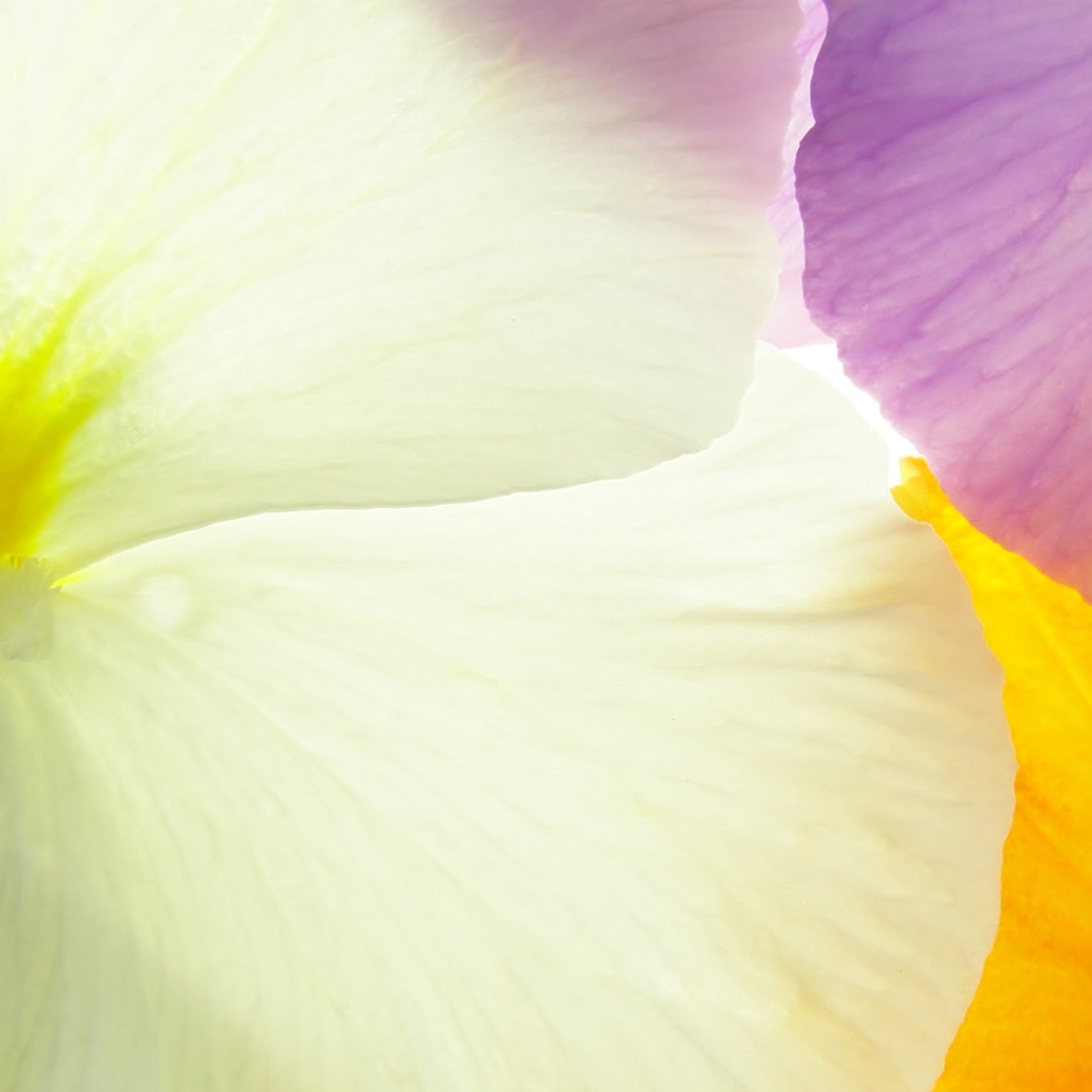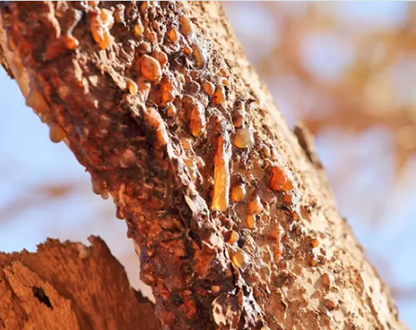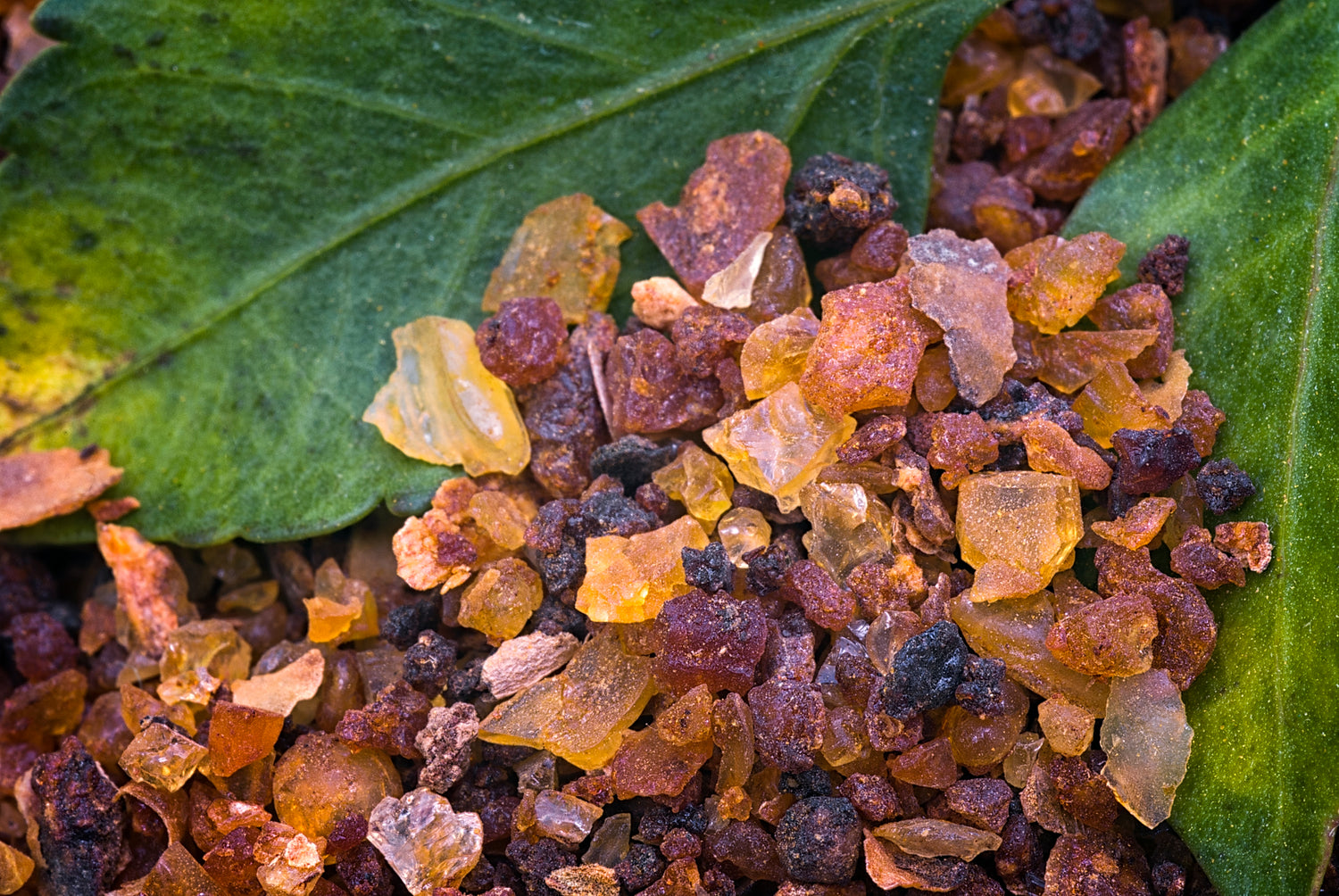Myrrh trees are native to Somalia, Ethiopia and South Africa. The dry and hot savannahs offer the ideal climatic conditions for the cultivation of this tree.
In the past, myrrh was used for the attention of the Gods. The gum was burned in churches to create a fumigation. Myrrh was also used to purify dwellings.
-

ANTI-INFLAMMATORY
Myrrh has antiviral and anti-inflammatory properties.
-

BACKGROUND
The base notes give the trail of the perfume. They are expressed for up to 24 hours and are most often composed of vanilla and woody notes.
-

MYRRH TEARS
After incising the tree, the resin will form tears of myrrh which will solidify and turn red on contact with air. The tears are then collected using a cutting blade.
Depending on the mode of extraction used, we can obtain an essential oil of Myrrh or a resinoid.





